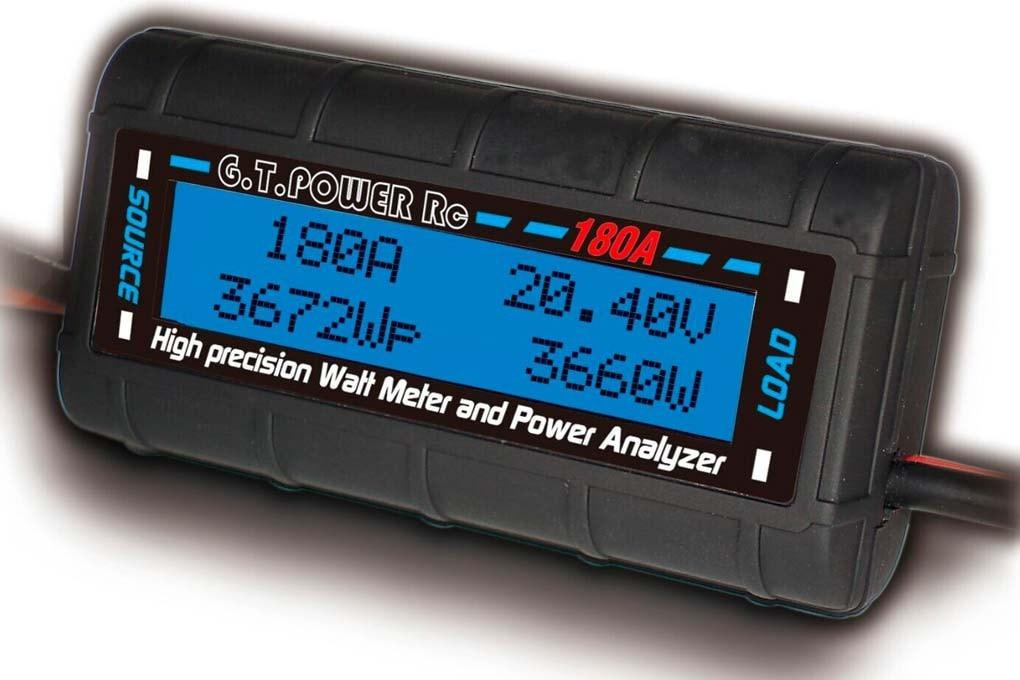Curious what others' thoughts are on the amp readings of what I'm setting up as a radiator fan.
I put the component descriptions in the video. Didn't bother with showing the fan motion in the video as all you would see is a stroboscopic effect. You can hear what the motor and fan are doing over the wind pretty well. I did have a little trouble holding the leads of the yellow meter. You can see a couple instances of the reading dropping off when I lost contact.
What I'm wondering about is why the amps look just fine all the way up to the 75%ish mark of the potentiometer, but once I pass that and take it all the way to full speed, the amps immediately drop off and steady at around 1 amp. I didn't believe me meter at first, so I grabbed a neighbor's meter to compare to. Turned out about the same. Drawing merely 1 amp while churning this fan at full speed can't be right. The wind could be heard pushing against the fan and you could see the amps vary accordingly. Something seems off, though. What would it be?

www.motionrc.com